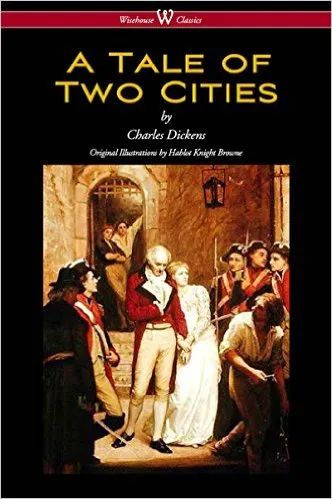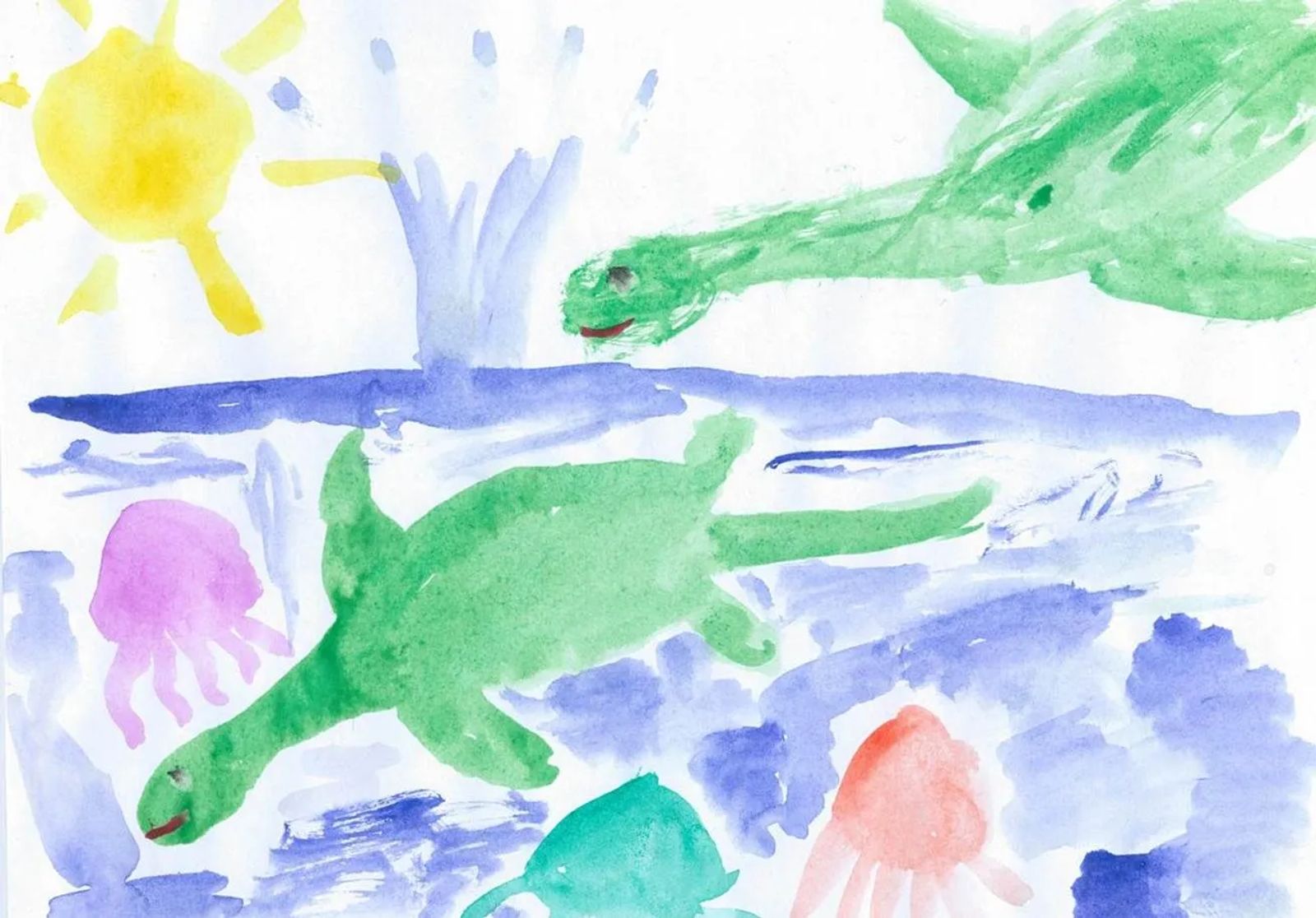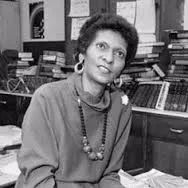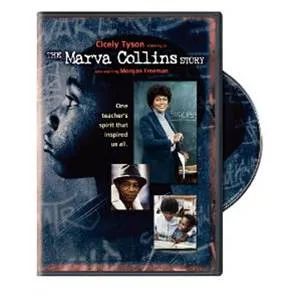It Was the Best of Times, It Was the Worst of Times
A New Take on Dickens: A Tale of Five Children – Part 1, Regina and Clarissa
I have three grown children, one son and two daughters. My older daughter, Lydia, is working on her PhD in Victorian Literature. We were having a conversation the other day about a book she was reading by Charles Dickens, one of his more obscure novels that I had never heard of. In order that I could contribute to the conversation, we switched gears to talk about one of his most noted works, A Tale of Two Cities. It is something I was supposed to read in high school but managed to not actually read. (I’ve seen the movie so I know the plot and the characters!) Lydia has read it, along with most of his other great novels, many featuring the plight of children.
 Anyway, the title kept running through my mind, along with the opening lines of the book: “It was the best of times, it was the worst of times.” I realized that this series of blogs could be a take on Dickens, because some children’s lives begin in the best of times, and other children’s lives begin in the worst of times, as far as teachers go. So, here is a tale of five children, told in two parts.
Anyway, the title kept running through my mind, along with the opening lines of the book: “It was the best of times, it was the worst of times.” I realized that this series of blogs could be a take on Dickens, because some children’s lives begin in the best of times, and other children’s lives begin in the worst of times, as far as teachers go. So, here is a tale of five children, told in two parts.

Children beyond the pale of our schools
In these blogs, I want to talk to you about some children who were labeled by their teachers as ineducable. In each case, the child’s parents were told that their child had an IQ of about 70 and could never learn. The stories I am going to share are all true stories in my own personal experience and knowledge. They tell the stories of teachers who saw the child who was not yet there, and of several teachers who did not see the child who was not yet there.
This idea of seeing the child who is not yet there is a powerful concept that enables us to avoid labeling children and being totally irritated by their behavior and at times lack of progress. We can focus instead on the child who is trying to express herself, who may be feeling unsure and any combination of fear, anger or disappointment. By focusing on the sweet child that wants so desperately to be loved, we can see beyond and behind the child who may be belligerent, unwilling to learn and disruptive to everyone around her. We can literally love life free.
Regina
Let’s begin with Regina. She lives in a small city in southern Russia and one of her teachers at the Montessori school her grandmother took her to in desperation, was one of my students. When the story begins Regina was four. She had been diagnosed by doctors as severely delayed, with an IQ of 70. Several local preschools refused to take her. She could not speak and the doctors suggested she might never speak, let alone learn to read and write.
 Regina’s parents were unable to cope with her and her grandmother decided to take action. She took her to the local Montessori school. The school agreed to take her. During the child’s first year, she never touched any of the lessons that had been presented to her. She cried if ever asked to do anything and refused to speak. The only thing she did was draw. But look at her amazing drawing!
Regina’s parents were unable to cope with her and her grandmother decided to take action. She took her to the local Montessori school. The school agreed to take her. During the child’s first year, she never touched any of the lessons that had been presented to her. She cried if ever asked to do anything and refused to speak. The only thing she did was draw. But look at her amazing drawing!

Why would we pay for another year of this?
When the next fall rolled around, the parents did not want her to go back to school where she seemed to be learning nothing. The grandmother spoke to the teachers and they begged her to allow Regina to come back. She agreed. Regina tried a few lessons in the practical life and sensorial areas. She still cried when asked to do anything but she continued to draw and paint.

Regina’s painting at age 5
And yet another year?
Once again, the next fall rolled around and again the teachers begged the grandmother to let Regina come back. She was making progress. Once more, the grandmother agreed to bring her to school every day. Regina was six. As the months went by, she began to hungrily try every lesson. She began to speak. She began to read and write. She learned the basics of counting and doing addition and multiplication with bead materials.
Regina’s surprising burst of progress
 By spring, Regina was nearly six-years-old and ahead of her peers, reading and writing at 2nd grade level. She was able to participate in group activities with the other children. She still cries if asked to do anything she is unsure about. Her artwork is stunning and joyful.
By spring, Regina was nearly six-years-old and ahead of her peers, reading and writing at 2nd grade level. She was able to participate in group activities with the other children. She still cries if asked to do anything she is unsure about. Her artwork is stunning and joyful.

Clarissa
Our next story is of a little girl named Clarissa. Clarissa lives in Chicago and she was eight when the story begins. She had been in several public and private schools, where she was labeled as learning delayed. Her IQ was estimated to be about 70. The teachers and doctors told her parents that she was ineducable.
Desperate parents
Her mother was desperate and tried a small private school opened by a former public school teacher named Marva. Marva admitted Clarissa and began to teach her and love her. To make a long story short, by the time Clarissa was twelve years old, she had won the Illinois Young Writers Prize. You cannot see my tears as I write this, but I cannot tell this story without tears. Once again, it is a teacher who saw the child who was not yet there.
 Marva’s last name was Collins. You may know the name. Marva Collins became a legend in the Chicago area as an African-American who became so successful with her low-income students that President Ronald Reagan asked her to become his Secretary of Education. She politely declined, saying she could be of more use by staying in the classroom.
Marva’s last name was Collins. You may know the name. Marva Collins became a legend in the Chicago area as an African-American who became so successful with her low-income students that President Ronald Reagan asked her to become his Secretary of Education. She politely declined, saying she could be of more use by staying in the classroom.

I spent a week in Marva's school
I had the great privilege of spending a week in her classroom in the 1990s and seeing how much she expected – and got – from her students with a steady diet of vocabulary, classic literature and serious, straight-forward math. Marva was over 6 feet tall and wore a suit and heels to school every day. If a child was not on time the door was locked and they could head back home for the day. But the children came on time and loved the strict love of Marva and her fellow teachers.
I met Clarissa’s mother while I was in Chicago, and she could not be prouder of her daughter, or more grateful to Marva Collins. She in fact became a teacher at Marva’s school. Marva was not a Montessori teacher, and in fact knew very little about Montessori, but she understood how to reach children and how to facilitate the love of learning.
I will never forget the lesson she gave on Boadicea, a heroic woman in first century England, a Celtic queen who led her people in battle against the Roman Empire. She knew her history. She knew her literature. She knew the English language, its spellings, its pronunciation and she expected all of her children to become highly literate and scholars of the classics. Her children studied Homer, Shakespeare, Cervantes. She knew how to do what Montessori suggests we take as our educational goal: “Our aim is not only to make the child understand, and still less to force him to memorize, but so to touch his imagination as to enthuse him to his innermost core.”
 The story of Marva Collins’ school is told in a film from the 1990s called “The Marva Collins Story”, starring Cicely Tyson and Morgan Freeman. It shows Clarissa’s story and the stories of many more children who benefited from her approach.
The story of Marva Collins’ school is told in a film from the 1990s called “The Marva Collins Story”, starring Cicely Tyson and Morgan Freeman. It shows Clarissa’s story and the stories of many more children who benefited from her approach.

Clarissa was fortunate, just as Regina was fortunate. How many children are so labeled by their schools as ineducable, but do not have the hearts of a Marva Collins or a Montessori teacher or a loving parent who refused to give up? How many teachers love enough to see the child who is not yet there?
Next week's blog
Check next week's blog for the story of three more children, not all as fortunate as Regina and Clarissa.






















